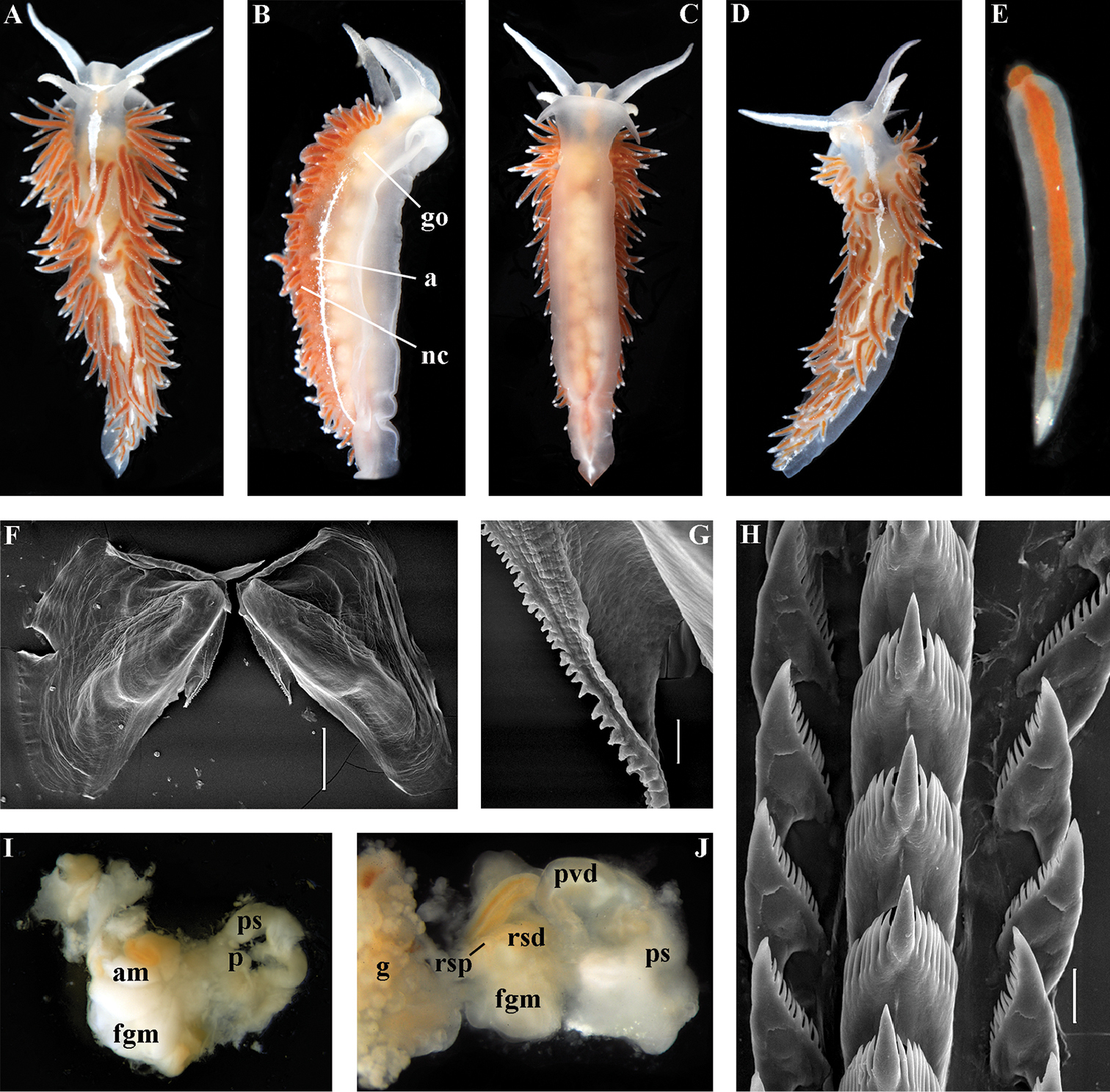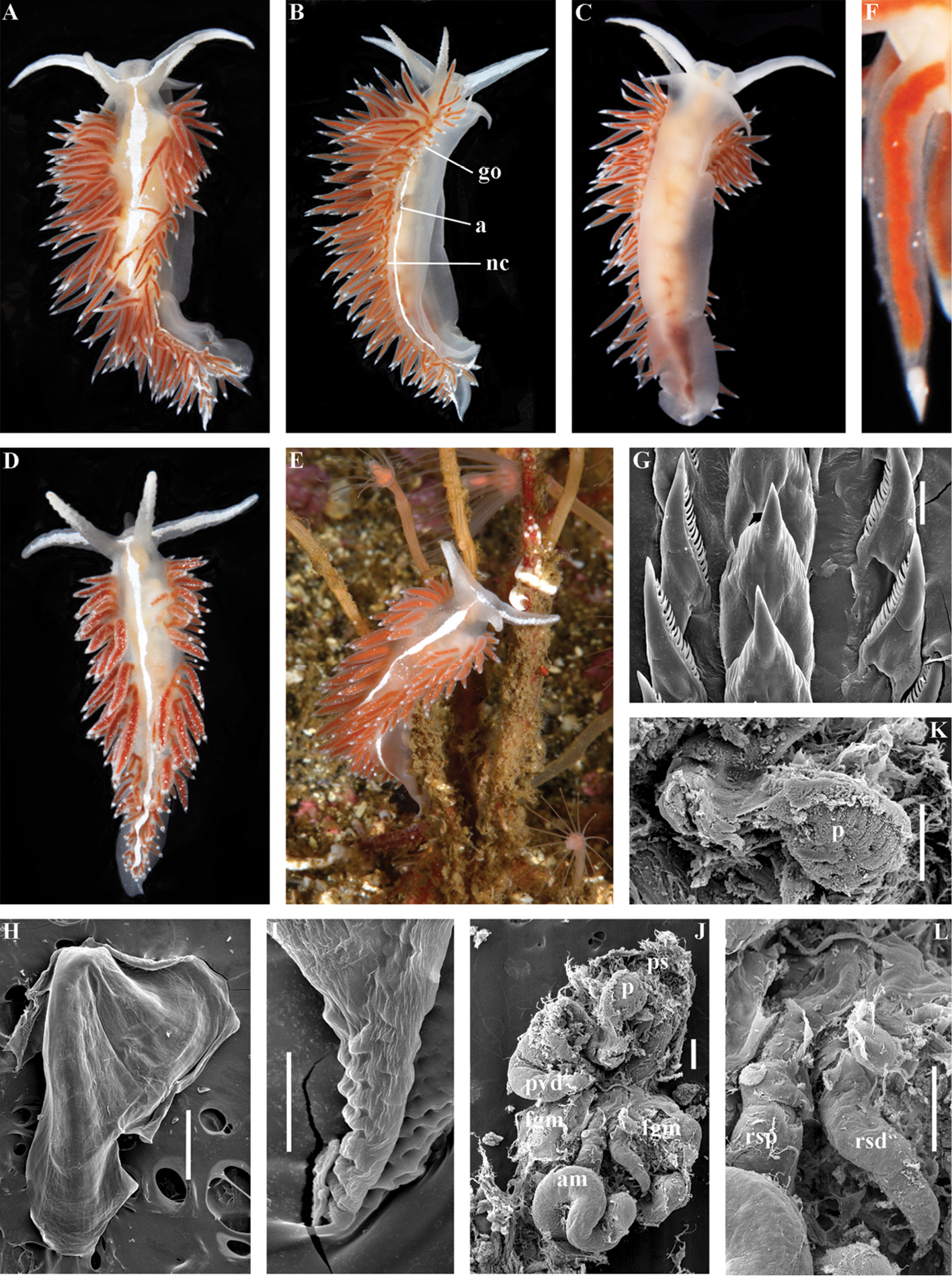 Taxonomic Split 27004
(Guardado el 19/01/2018)
Taxonomic Split 27004
(Guardado el 19/01/2018)
|
|
dividido en |
|
Comentarios
I'm awaiting input from @bernardpicton on https://www.inaturalist.org/atlases/13994 and https://www.inaturalist.org/atlases/13991
Also, for my own reference, I'd like to address https://github.com/inaturalist/inaturalist/issues/1610 before committing this, as this change will affect a lot of observations.
I agree. When there is a taxon move to a new genus, that is not a split. The original ID is still correct, just the name of the species has changed.
eg. https://www.inaturalist.org/observations/8256321
Sometimes there are splits, such as with https://www.inaturalist.org/observations/8284927
I think there needs to be a way to make a taxon move which is not a split. WoRMS requires each new combination to have a record, with an accepted tag, or an unaccepted tag plus a link to the accepted record. This might not be appropriate for a recording system such as iNaturalist, where multiple names for a single species will cause confusion. However the current system is almost correct, in retaining the original ID so that there is an ID history for each record. This does require old names to be retained in the dictionary and marking them inactive is a good solution.
I do see though, that in this case, we believe Fjordia lineata and Fjordia chriskaugei to have geographic ranges which coincide. So on your logic all records of Flabellina lineata should go to Fjordia sp. and will have to be looked at individually. In Norway there is the added complication of the two Gulenia species. No split can be perfect in knowing geographic ranges and for certain at our study location in Norway all four species occur together in the same habitat. So when the split is committed all Norwegian records will have to go to Coryphellidae using your logic. I would actually leave them as Flabellina lineata but mark as "needs ID" because that saves mixing them into a pot with all other Coryphellidae records, which is a loss of information. On that logic I would take the same course of action with Flabellina lineata records, which for certain will not be Fjordia browni, so leave as Fjordia lineata and mark as "needs ID". @jpsilva, @tinekk and I can then argue over which ID is correct ;-)
You might consider re-reading https://www.inaturalist.org/pages/curator+guide#changes to re-familiarize yourself with how taxonomic changes work on iNat and why, because I'm pretty sure the effect of this split will work pretty closely to what you're proposing, as long as we set it up correctly. Identifications of F. lineata in places where only one of the four "output" taxa are known to occur (according to their atlases) will get replaced with identifications of those single output taxa. In observations in areas where multiple output taxa are known to occur, or where we lack any geographic info about the output taxa, identifications will be replaced with identifications of the common ancestor of all output taxa (Coryphellidae in this case), which will make it relatively easy for avid identifiers like yourself to shift the taxa associated with those observations with new identifications.
I'm not asking that these ranges be perfect, only that they be as good as possible, especially for situations where there is no geographic overlap between output taxa.
And yes, adding duplicate active taxa records does mess things up a bit, but not too much.
Ok, code changes have been made but they didn't end up helping much for this split. Most obs are now mixed "into a pot with all other Coryphellidae records" as you put it, Bernard. Luckily, however, there was nothing else that was in that pot before that was ID'd at the family level, so you can review all the observations that need new IDs due to this split at https://www.inaturalist.org/observations/identify?verifiable=true&locale=en&lrank=family&taxon_id=605873&place_id=any














FYI @kueda have seen 2 flags now asking for the split to be committed.